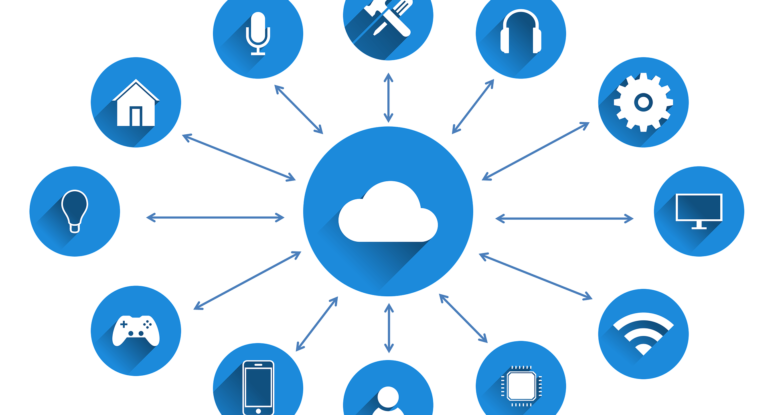Banks Will Need Blockchain Technology and Cloud Post COVID-19

With COVID-19 bothering the world, banks everywhere are in for an extended period of pain. Both interest margins and fee income are below pressure. NPAs are emerging as the corporate sector struggles for durability; along with small businesses, the requirement for trade finance is desiccating. The wealthy are not as rich anymore, and the middle class is seeing it difficult to satisfy their debt obligations. At the same time, banks are required to prop up systemic stability by lowering rates, easing capital rules, taking proper liquidity measures, and maintaining their consumers by deferring loan repayments and waiving charges.
Blockchain to the rescue
In this difficult situation, blockchain technology carries a slight hope. Earlier this month, the WEF (World Economic Forum) reported that at the very slightest, blockchain could obliquely help to alleviate the pandemic’s impact by enhancing the visibility of supply chains that have been massively disrupted.
For banks, which have invested massively in this technology – the industry is required to account for 30% of total blockchain spending by 2023, if not exceeding – the COVID-19 crisis is starting new blockchain opportunities and stimulating adoption of established use cases.
A very current survey of 1,000 bank consumers found that 82% of respondents were concerned about walking into their local branch, and 63% were more prepared to connect through a digital app or website than before the pandemic. With the world excluding physical touch in the wake of the coronavirus spread, blockchain can attach tremendous value by promoting digital payments in place of cash transactions.
These are only a couple out of a host of use cases. After P2P (peer-to-peer) payments, B2B (business-to-business) payments are also ready for movement to distributed ledger technology. In November 2019, a company that examines digital technology markets stated that blockchain-based cross-border B2B payments would cross $ 4.4 trillion by 2024; the pandemic may have just delivered it some more force. Blockchain can also promote digital KYC compliance in the programs started by governments and international agencies, like WHO and UNICEF, to render essential services to the marginalized and unemployed.
While several banking operations are already digitized and automated, trade finance delays in this area, proceeding to depend on manual data exchange and paper documents that are handed over in person. A big cause is that trade finance is a turbulent business, including various counterparties and external actors, and the exchange of unstructured information. Nevertheless, blockchain suggests a way out of this complexity by allowing digitized trade documents to be exchanged with complete confidence through an immutable, highly secure ledger. Since all the counterparties are on a common blockchain platform, there is full transparency between them, building trust even between strangers.
Banks that discover it difficult to give financing on their own in these difficult times can partake in a blockchain-based shared lending network. They can also utilize their blockchain trade finance platform to offer remote advisory services to corporate consumers requiring help meeting their current loan obligations or additional financing sources. The same network can be utilized to refinance surviving assets to allow clients to overcome supply versus demand challenges.
Last but not least, blockchain can decrease the psychological impact of lockdown between bank employees by promoting video meetings and remote learning.
Cloud against COVID-19
Another technology that is demonstrating significant among COVID-19 caused disruption is the cloud. Banks that have commenced to transfer their workloads to the cloud, are stimulating the transition to accommodate a workforce that works from home, is scattered across locations, works only part-time or for short durations, and relates to enterprise servers remotely. Quite naturally, the training and education requirements of these employees will also be achieved on the cloud. The same exists for any educational or marketing content aimed at consumers.
Even the means of partner enablement and empowerment, like APIs, microservices, and integration frameworks, will transfer to the cloud, along with banks’ reporting, internal analytics, and communication activities.
Add a comment
You must be logged in to post a comment.




























































